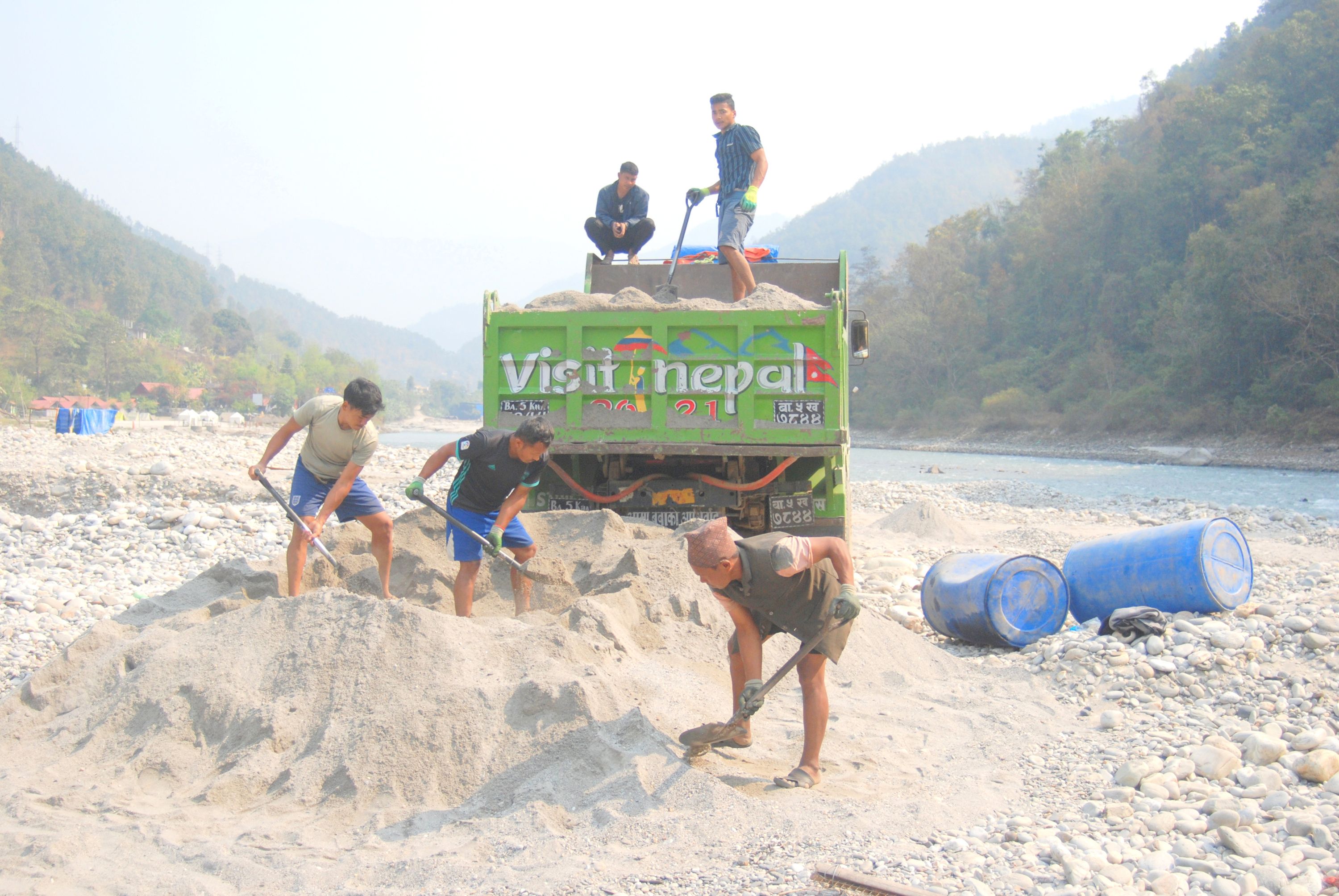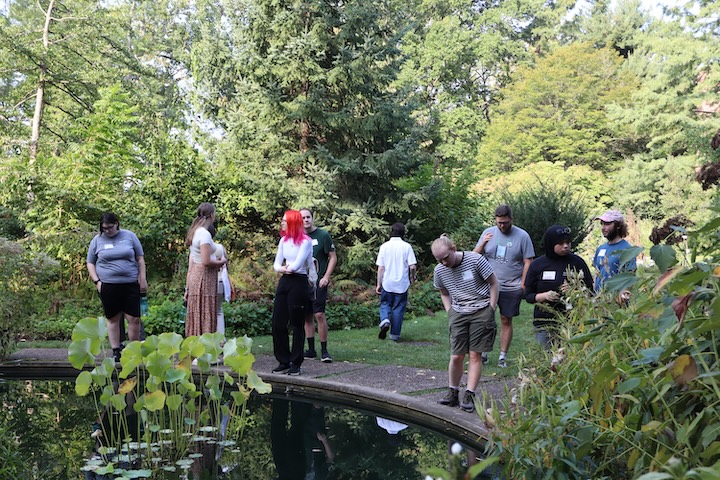Sand scrutiny takes sustainability stage
Four years ago, an international group of scientists, including EEB core faculty member Jianguo "Jack" Liu called attention to a looming global sand crisis.
An overexploitation of sand, a key ingredient of concrete, asphalt and glass, was damaging the environment, endangering communities and triggering social conflicts.
Now the scientists led by Center for Systems Integration and Sustainability (CSIS) postdoc Aurora Torres shine a new light on the sustainability implications of the world’s demand for sand. In the journal One Earth, published online May 21, the team proposes different solutions for meeting these challenges.
The authors of “Sustainability of the global sand system in the Anthropocene” call for a new way of looking at and understanding the interlinkages of sand supply and demand to reduce negative impacts such as depleting natural environments and creating human conflict. Collaborating across the research disciplines made it possible to fit the puzzle pieces into a full picture. Rather than focusing on single

sand extraction sites like many studies before them, they take a broad look at the physical and socio-envrionmental dimensions of sand supply networks – linking extraction, processing, distribution, economics, policy – to gain an in-depth understanding of the stresses on both nature and people.
The novelty of the sand supply network approach is the integration of material flow analysis with the telecoupling framework to provide a more robust and holistic perspective on the sand system across different spatio-temporal scales. It allows for understanding and quantifying socioeconomic and environmental interactions from mining sites to consumption sites, such as cities, and spillover systems such as the transport corridors or rural landfills where the mining and construction waste piles up.
“Simple views cannot solve complex sustainability challenges,” said co-author Jianguo “Jack” Liu, director of MSU-CSIS. “New ways like the telecoupling framework help untangle and embrace the complexity of global sand challenges and point the way toward effective solutions.”
In addition, the authors highlight that robust strategies for managing sand resources depend on a solid understanding of the construction aggregates cycle.
Both Liu and Torres are in CANR's department of fisheries and wildlife.
The full story can be read in MSU Today.



